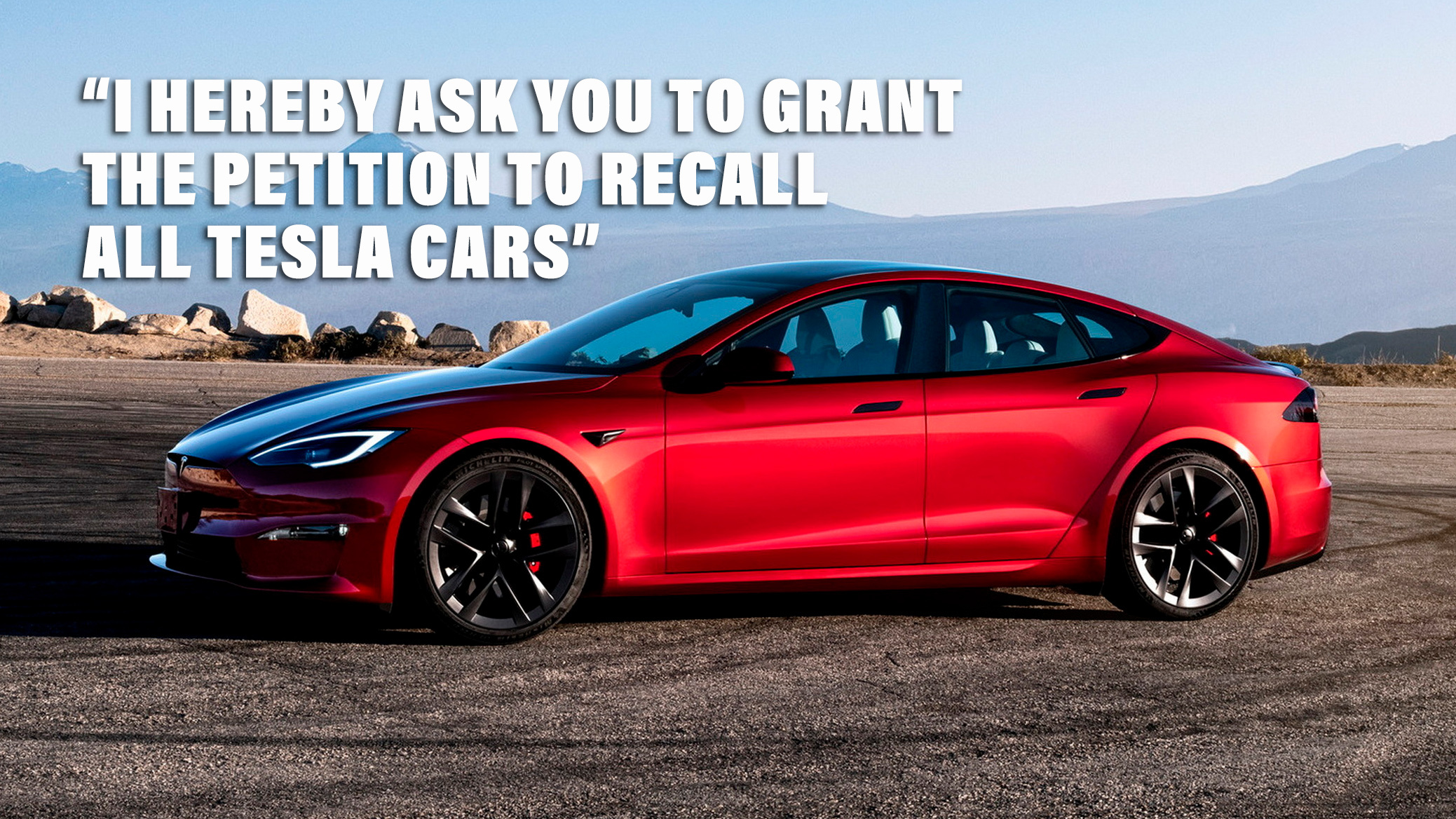Please pardon my question. I tend to overthink things (GAD). But instead of ruminating, I figured it'd be best to ask for help in understanding my Tesla.
I've never had a need to use Neutral for my Tesla. I read the manual, and it states that if the Tesla is in Neutral, it can’t shift into Drive or Reverse without first pressing the brake pedal (if going slower than 5MPH).
I was curious if the Tesla would throw out an error if I tried this and sure enough, it does.
I tried this a few times, and 8 times out of 9, the Tesla will scream at you if you try to go into Drive or Reverse while in Neutral.
I was curious about the singular time where I was able to enter Reverse while in Neutral, while rolling forward downhill due to gravity.
Would you guys consider that singular time a malfunction?
Would any harm happen to the Tesla if you were in Neutral, moving forward downhill, then shifted into Reverse and proceeded to press the accelerator? Or does the design of the electric motor negate any potential damage?
Thanks for your patience and any potential help
I've never had a need to use Neutral for my Tesla. I read the manual, and it states that if the Tesla is in Neutral, it can’t shift into Drive or Reverse without first pressing the brake pedal (if going slower than 5MPH).
I was curious if the Tesla would throw out an error if I tried this and sure enough, it does.
I tried this a few times, and 8 times out of 9, the Tesla will scream at you if you try to go into Drive or Reverse while in Neutral.
I was curious about the singular time where I was able to enter Reverse while in Neutral, while rolling forward downhill due to gravity.
Would you guys consider that singular time a malfunction?
Would any harm happen to the Tesla if you were in Neutral, moving forward downhill, then shifted into Reverse and proceeded to press the accelerator? Or does the design of the electric motor negate any potential damage?
Thanks for your patience and any potential help



